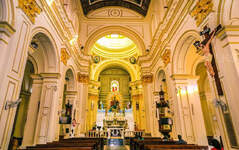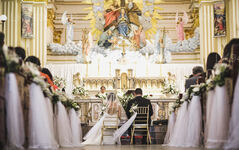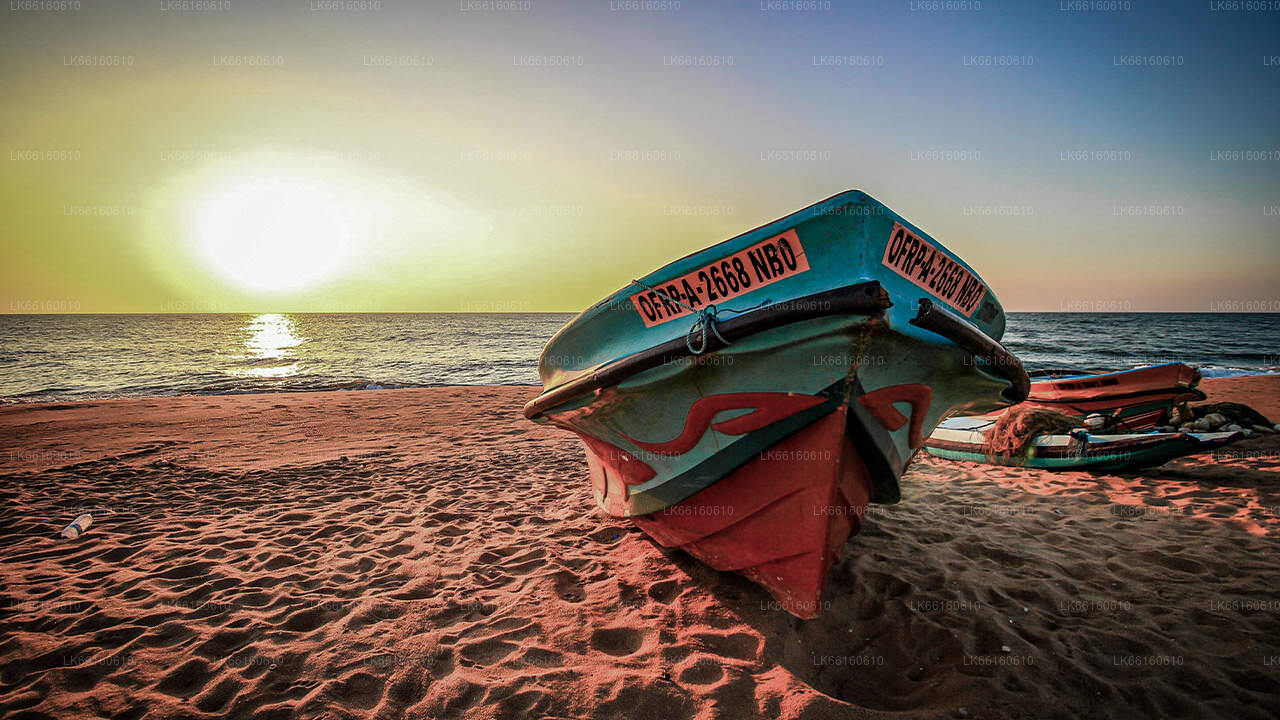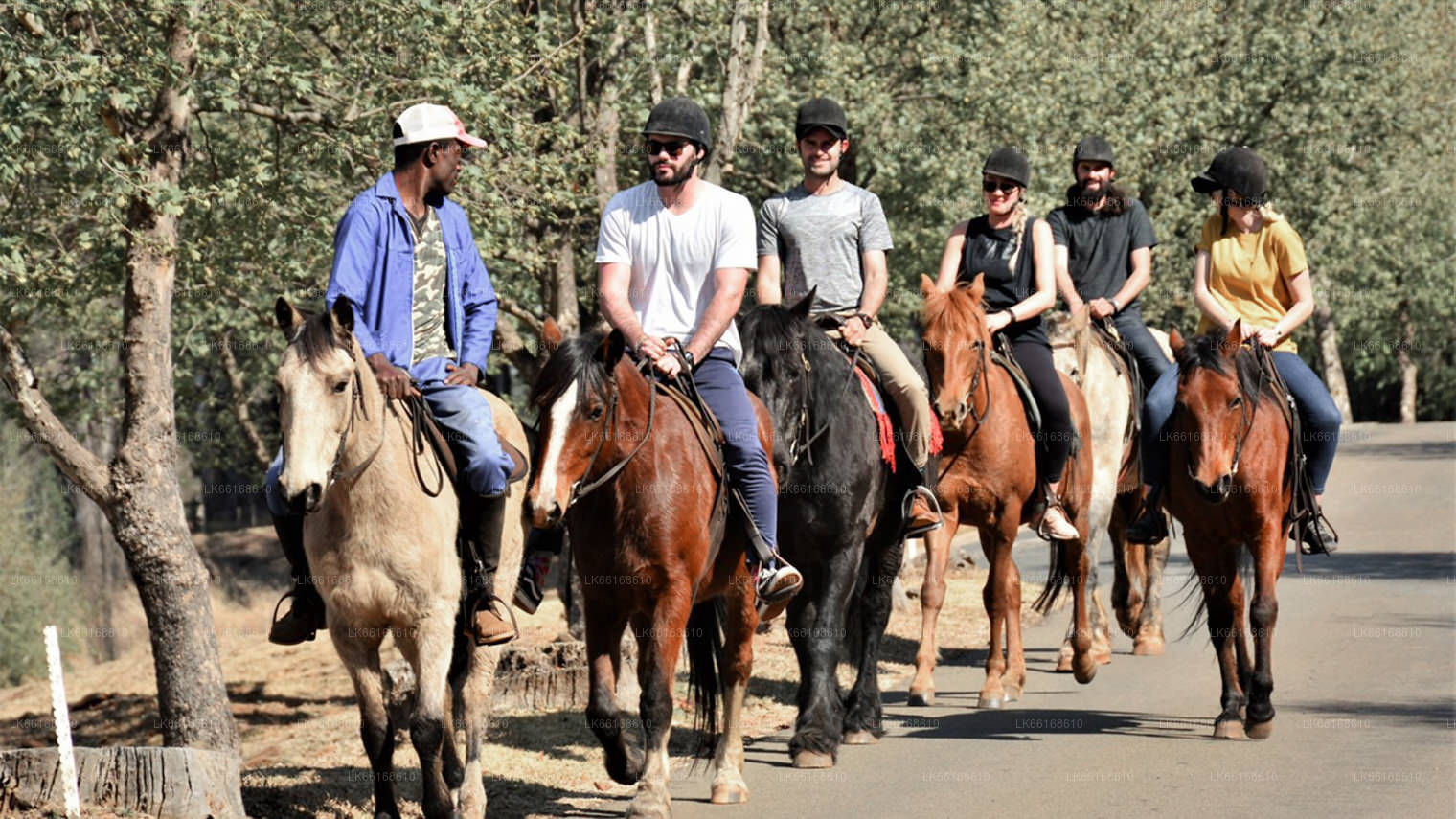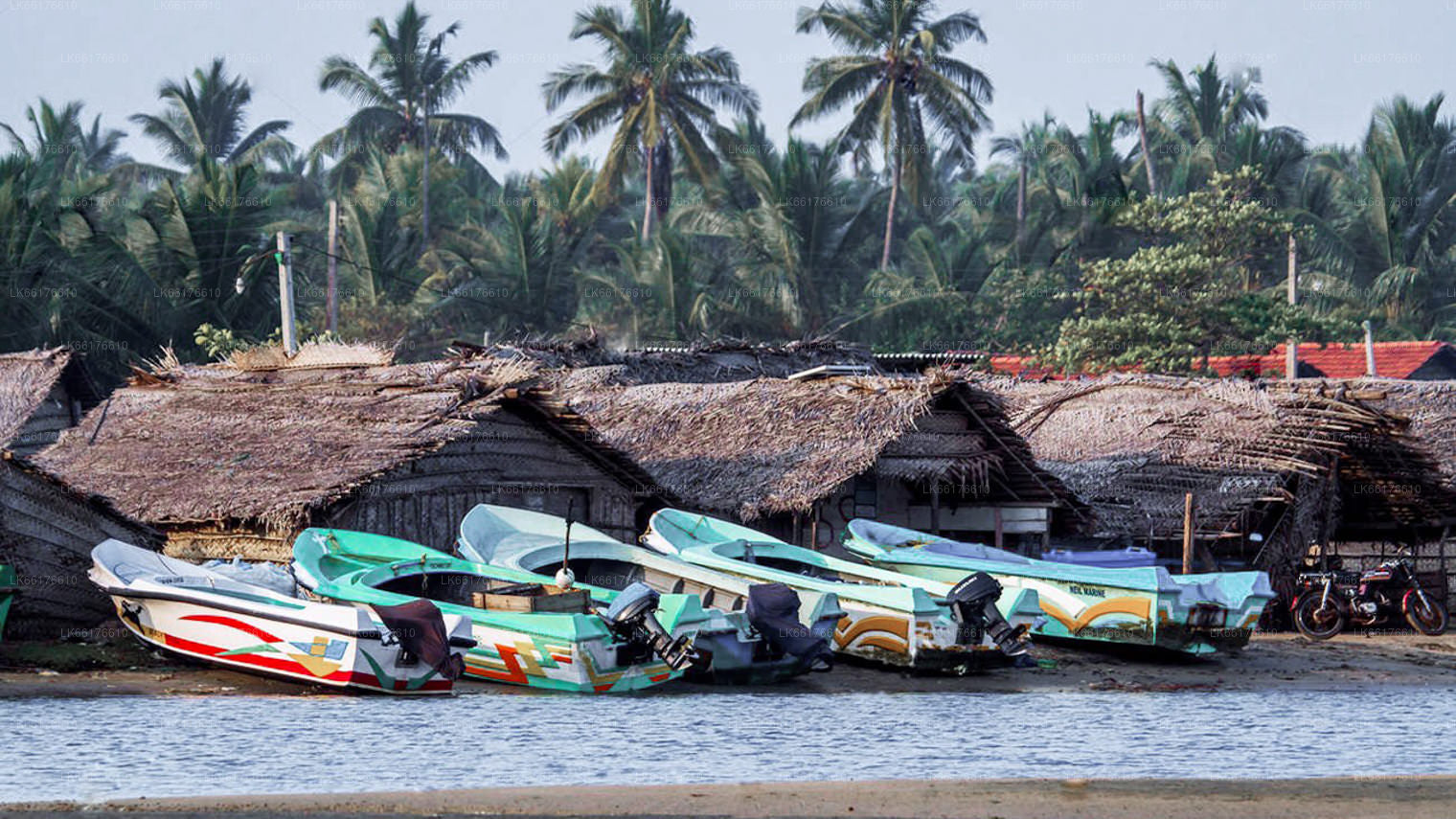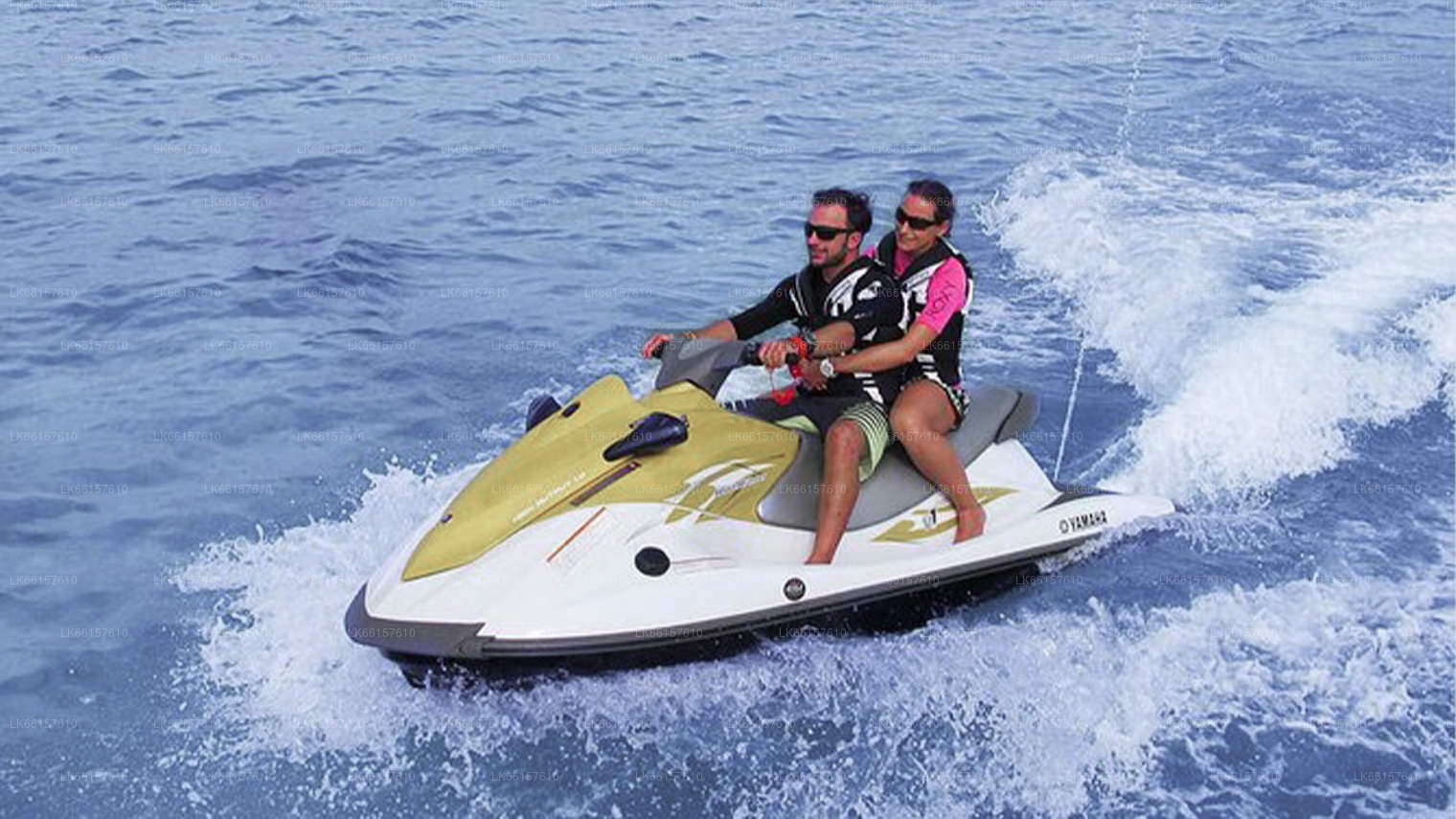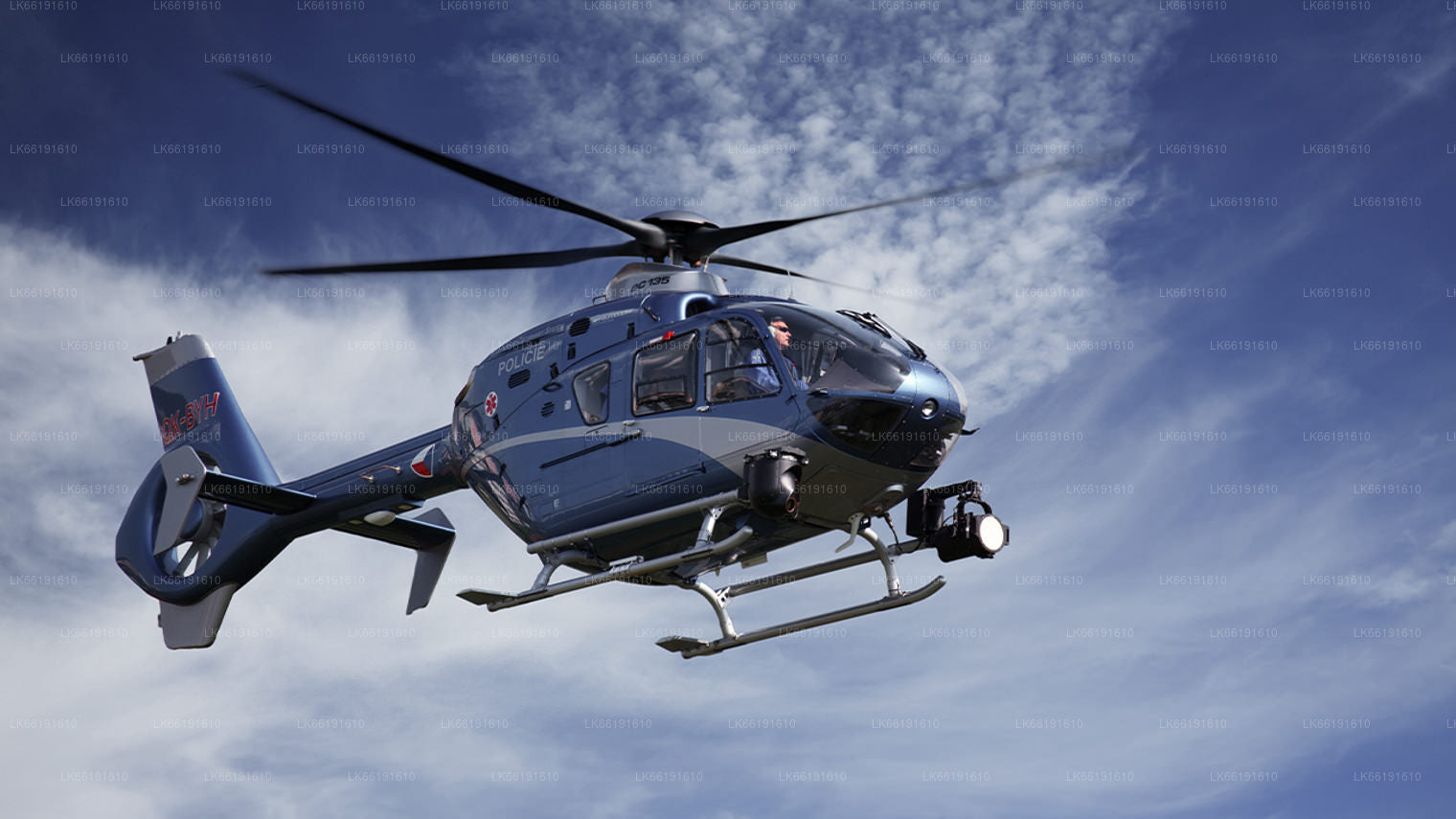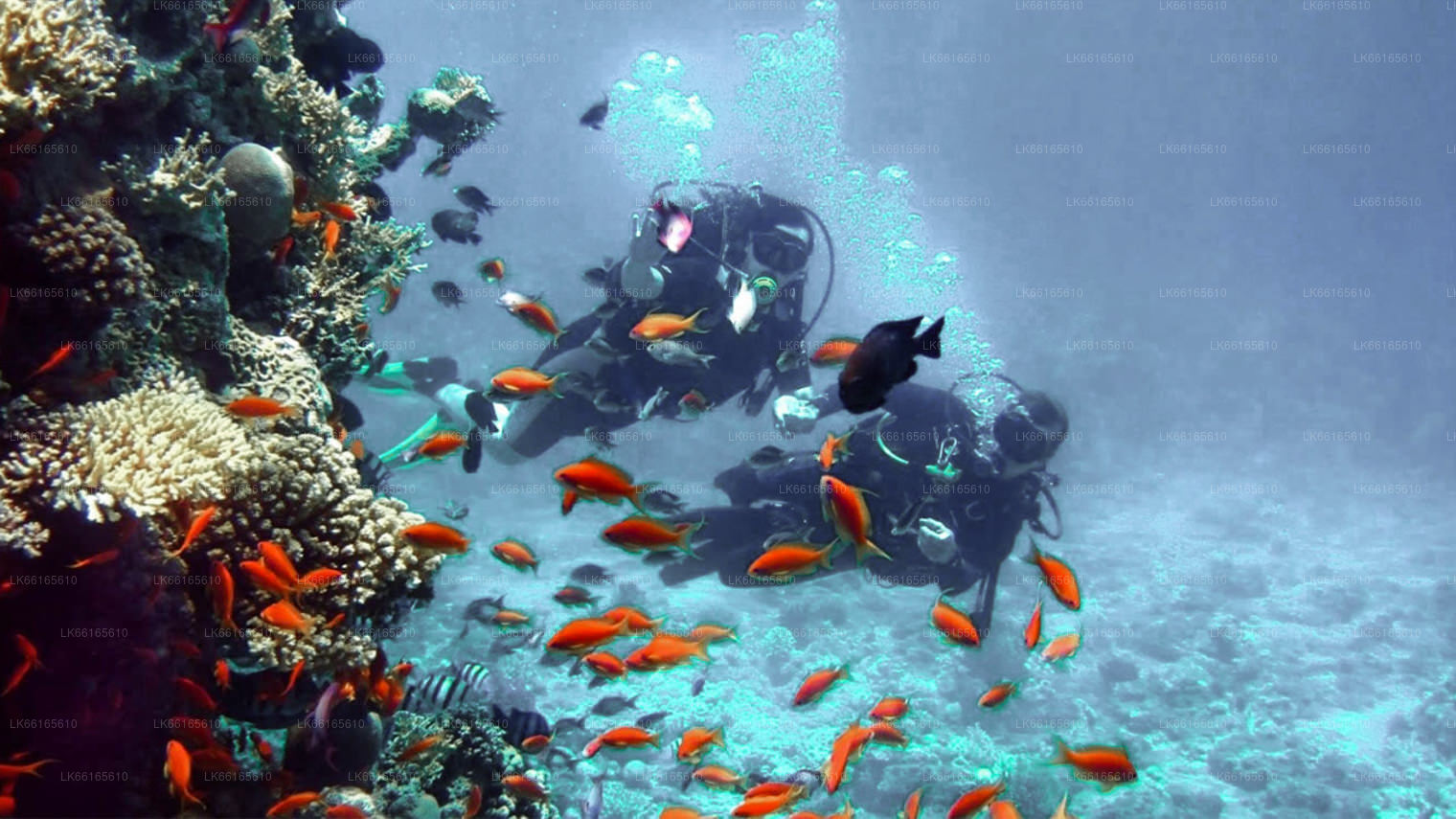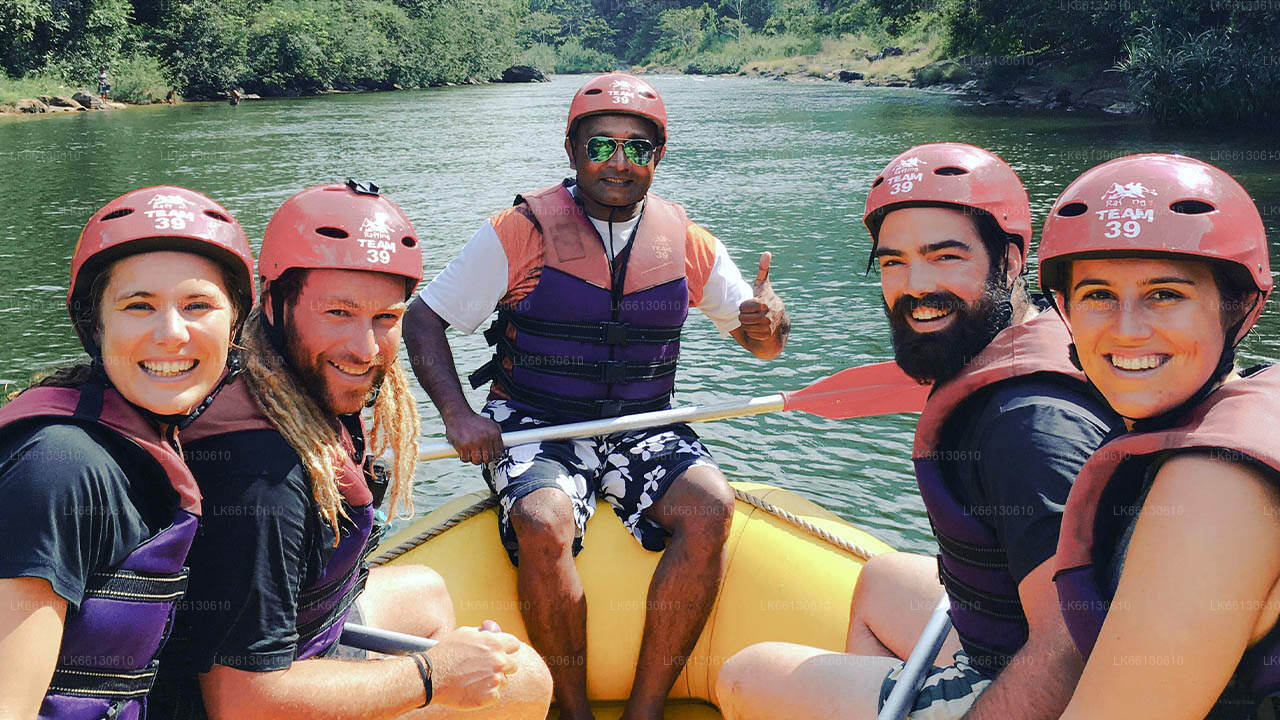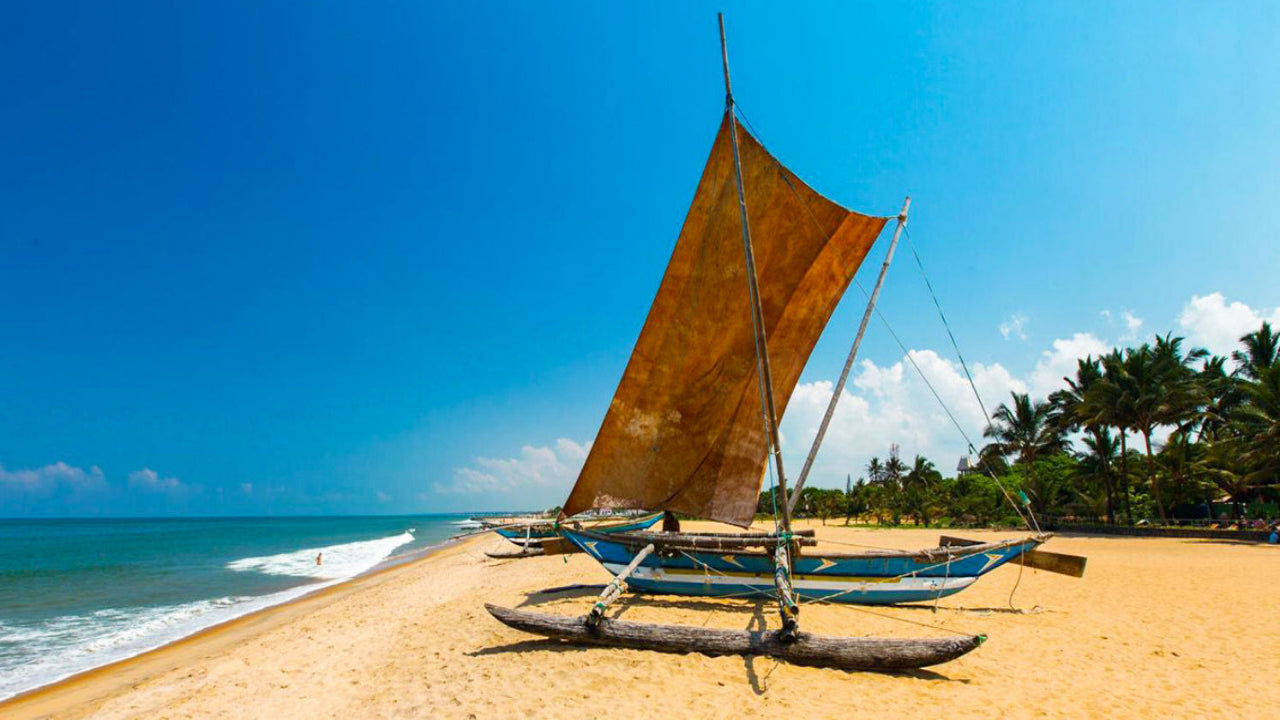
네곰보 시
스리랑카의 해안 도시 네곰보는 문화 유산과 해변의 매력이 생동감 넘치게 어우러진 곳입니다. 깨끗한 해변, 네덜란드 운하, 그리고 활기 넘치는 어시장으로 유명한 네곰보는 신나는 여행과 고요한 사원으로 여러분을 초대합니다. 네곰보를 방문할 때마다 다채로운 태피스트리의 매력을 경험해 보세요.
St Marys Church Negombo
St Mary’s Church, Negombo in Sri Lanka: Early Catholicism in Sri Lanka
There is evidence prior to the 16th century of small groups of Christians in Sri Lanka, residing among traders from the Middle East and mercenaries from South India. Records of these ancient travelers report that a separate area was given for Christians in the ancient capital of Anuradhapura and there was a Christian chapel used by the Persian merchants who came to Sri Lanka around the 5th century.
Christianity really began to spread in Sri Lanka only with the arrival of the Portuguese in the 16th century.
On November 15, 1505, a Portuguese fleet commanded by Lourenço de Almeida, after having been driven by a storm to the shores of Sri Lanka, landed in Colombo. When de Almeida and his fleet arrived on the island, Sri Lanka had a Tamil kingdom in the north and in the south there were two Sinhalese kingdoms, one in the central highlands with Kandy as its capital, and the other, comprising mainly of the south-western lowlands, which was the largest, richest and most powerful. The ruler of this region, King Dharma Parakramabahu IX was considered the emperor of the whole country and he resided in his capital, Kotte.
With the permission of the King of Kotte, de Almeida erected a trade station and a small chapel in Colombo. Franciscan Friar Vicente, the chaplain of the fleet, celebrated Mass. This is the first record of a Catholic Mass on Sri Lankan soil. The chapel was dedicated to St Lawrence, Roman deacon and martyr, Lourenço’s name-saint. It was thus that St Lawrence became the chief patron of the city of Colombo.
he Catholic faith spread further when other Religious Orders such as the Jesuits, Dominicans and Augustinians, arrived in the country as well. The Jesuits arrived in 1602, the Dominicans in 1605, and the Augustinians in 1606.
St Mary’s Church, Negombo in Sri Lanka: Persecution by the Dutch and British Rule
During the middle of the seventeenth century, another colonial power, the Dutch, arrived in Sri Lanka. In time they ousted the Portuguese and occupied the territories held by them. During the period of the Dutch, Catholicism was prohibited as the Dutch gave predominance to their Protestant faith. Catholics began getting persecuted and many were forced to flee in safety to other parts of the Island. Catholic Churches and schools were shut down and Catholics were forbidden to harbour priests, for which the people faced severe punishment if found guilty. As a result, Catholics did not have any priests to minister to them for nearly 30 years.
When the British took control of the island in the year 1796, they restored religious freedom in the country and various European Missionaries freely travelled to the country.M
St Mary’s Church, Negombo in Sri Lanka: Catholicism in Negombo
Negombo is a multi-religious city. Since the beginning of European colonization, the township of Negombo has had a majority of Roman Catholics along with distributed numbers of Buddhists, Hindus and Muslims.
Negombo has been given the name Little Rome due to the highly ornate Portuguese-era Roman Catholic churches such as St. Mary’s Church found in the township and because the majority are the Roman Catholics. To name a few of other famous churches in the area is; St.Sebastian’s churches at Sea street and Katuwapitiya, Saint Stephen’s Church, Negombo, St.Anne’s churches at Kurana and Palangatura and St.Anthony’s church Dalupotha are the biggest parishes in Negombo. Overall there are over 25 Roman Catholic churches in the city.
There is a branch of The Church of Jesus Christ of Latter-day Saints in Negombo. There are also Methodist churches, Baptist churches, and the other Anglican churches in Negombo.
St Mary’s Church, Negombo in Sri Lanka: A Religious Landmark
The St. Mary’s Church, Negombo is landmark edifice, a Roman Catholic church in the heart of the Negombo town. It is one of the largest cathedrals in the island.
St Mary’s Church, Negombo in Sri Lanka is located in the heart of Negombo town. It is in the Gampaha District, 6 kilometres from the Katunayake Airport, and accessible by the Colombo – Chilaw – Puttlam road.
Construction of the church was started in the latter part of 1874 and completed after a significantly long gap, in 1922. The architecture and construction of the church takes cues from similar other churches in Sri Lanka. Demonstrating the cultural amalgamation of the European practices with Sri Lankan art and architecture which was predominant during the early years of the 20th century.
The church was built in neoclassicism style with columns and plain walls. Its ceilings are painted with alabaster images of many saints and religious icons. The unique paintings on the life of Christ on the ceiling were done by the N.S. Godamanne, a local painter of Buddhist origin who aided the construction of the church. The beauty of the paintings on the nave. A testator paid the cost of one of the altars, which was imported from Europe.
감파하 지구
감파하는 스리랑카의 도시로, 콜롬보 북쪽 서부 주 감파하 지구의 주도입니다. 감파하 지구는 주로 켈라니 강을 사이에 두고 콜롬보와 분리되어 있습니다. 감파하 타운은 콜롬보-캔디 도로를 따라 미리스와타에서 약 4km 떨어져 있습니다. 감파하는 야칼라, 미리스와타, 웰리웨리야 우두감폴라, 자엘라 타운으로 둘러싸여 있습니다.
싱할라어로 "감파하"는 문자 그대로 다섯 마을을 의미합니다. 다섯 마을은 이할라가마, 파할라가마, 메다가마, 파티야가마, 알루스가마로 알려져 있습니다.
서부 주
서부 주는 스리랑카에서 인구 밀도가 가장 높은 주입니다. 입법 수도인 스리자야와르데나푸라와 국가의 행정 및 비즈니스 중심지인 콜롬보가 있는 곳입니다. 서부 주는 콜롬보(642km²), 감파하(1,386.6km²), 칼루타라(1,606km²)라는 세 개의 주요 지구로 나뉩니다. 스리랑카의 경제 중심지인 서부 주에는 모든 주요 국내외 기업이 자리 잡고 있으며, 유명 디자이너 브랜드와 대형 유통업체도 많습니다. 따라서 서부 주에서 쇼핑을 통해 스트레스를 풀어볼 준비를 하세요.
모든 주에서 인구가 가장 많은 서부 주에는 섬의 거의 모든 주요 교육 기관이 있습니다. 서부 주의 대학으로는 콜롬보 대학교, 스리자야와르데네푸라 대학교, 켈라니야 대학교, 스리랑카 오픈 대학교, 스리랑카 불교 및 팔리어 대학교, 존 코텔라왈라 장군 국방 대학교, 모라투와 대학교가 있습니다. 서부 주는 국립, 지방, 사립 및 국제 학교를 포함하여 전국에서 가장 많은 학교가 있습니다.

